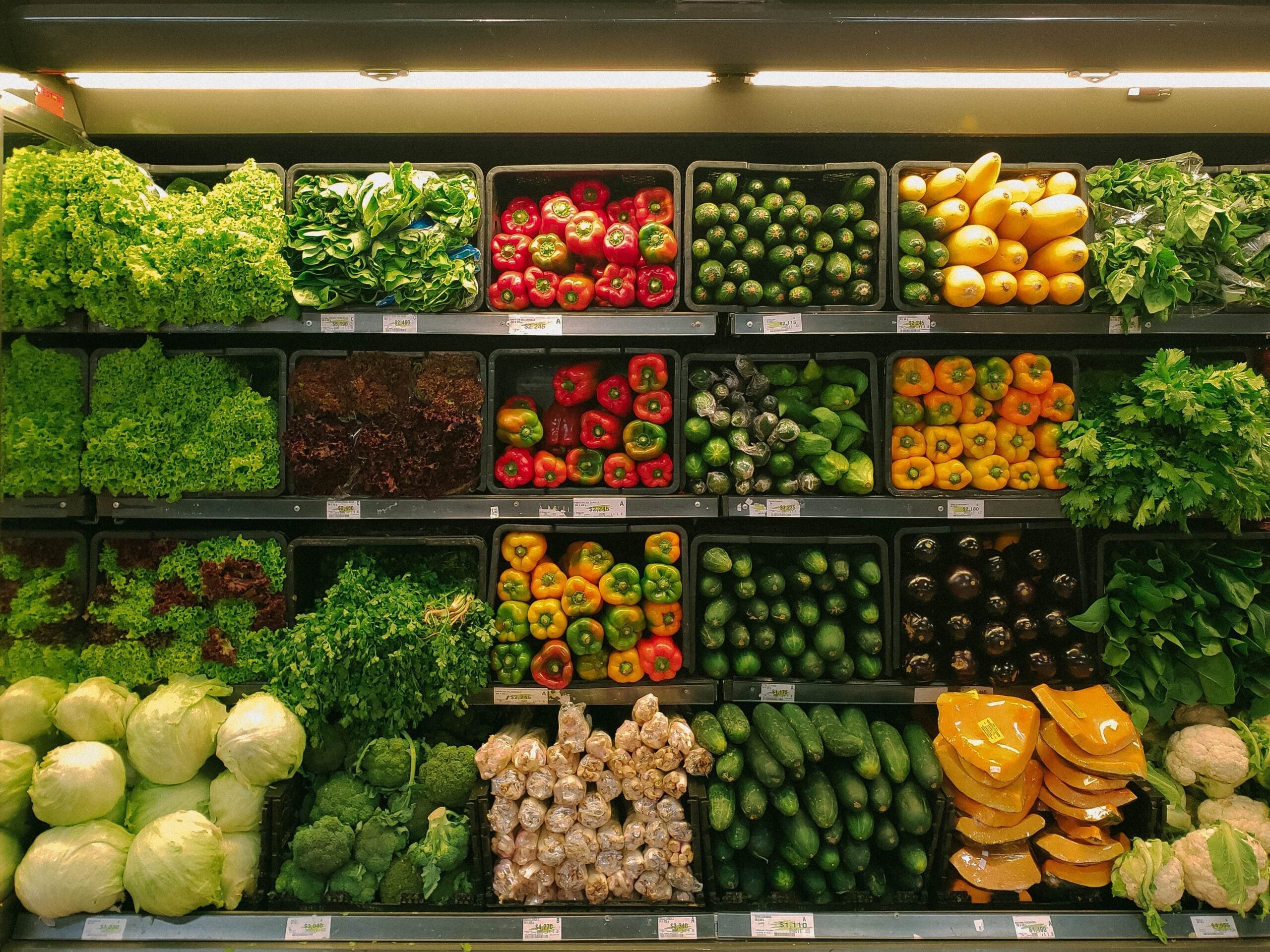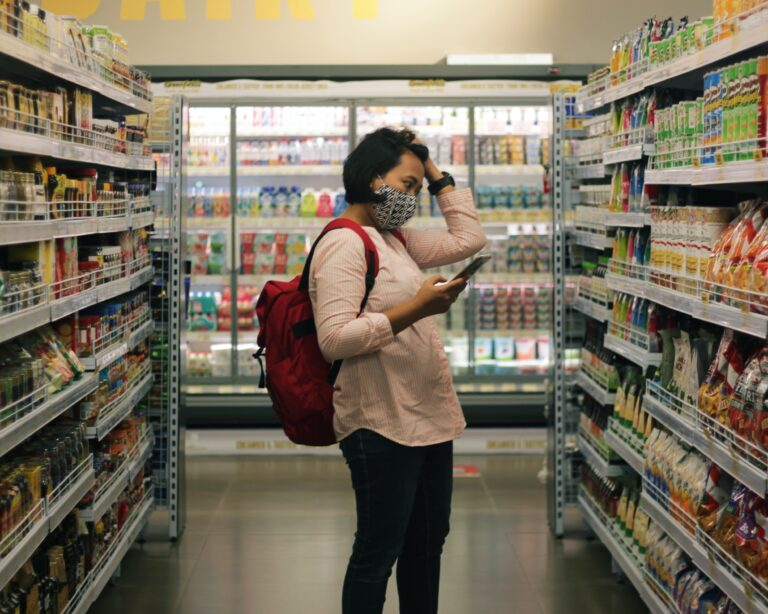
Like many people making their weekly trip to the grocery store, I do my best to buy “responsible” products that have positive environmental impact and that support the farmers and workers who produce them.
But decisions that should be straightforward become nearly impossible as soon I step into an aisle and begin selecting products. Do I buy organic berries or locally grown ones? Eggs labeled cage-free or pasture-raised, or with a humane certification? Fair trade coffee or direct trade? How much does it matter?
I don’t have the information or time I need to make choices that do the most good—for my health, for farmers, for the planet—all while working on a budget. I’m not alone.
Americans collectively spend $1 trillion on food each year. While the decisions we make as consumers do influence how we grow food and who benefits, putting our food dollars in the right place can be challenging. Rarely do we have the information we need to understand the true social and environmental impacts of our purchases. Certifications and marketing labels can be confusing, with many tradeoffs for different priorities, and these products are often more expensive than many of us can afford.
For too long, the burden of ensuring what we purchase is good for people and the planet has rested on the shoulders of individual consumers.

Now, imagine a world in which these decisions are made before food reaches the grocery aisle, restaurant, or cafeteria. Where the responsible and sustainable choices are already embedded in those institutions’ food purchasing contracts. In this world, the weight of our individual food purchasing decisions would be lifted into a shared commitment woven throughout the fabric of our food system.
That world isn’t impossible. We’re already making strides to turn it into a reality, as several policymakers in cities across the country take the lead in bringing Good Food through their public institutions and creating a better market for all of us. This shift is backed by innovative solutions and tangible progress.
A shining example of this potential is the Good Food Purchasing Program (GFPP), launched in 2012. Recognizing the substantial impact of $120+ billion spent collectively by public and private institutions on food each year, the GFPP set out to help cities bring transparency into the allocation of public dollars and to measure and advance their social, economic, and environmental goals.
It began as a pilot in Los Angeles public schools; today, the outcomes speak volumes. With a $125 million food budget, the district reduced its greenhouse gas footprint by 11%, redirected $19.7 million annually into the local economy, and brought a 40% wage increase to 320 workers along its supply chain.
The program has grown quickly over ten years.
In Chicago and Cook County, the Chicago Food Policy Action Council built a strategic plan to collaborate with communities, farmers, businesses, social justice advocates, health systems, and other regional leaders in developing the region’s food purchasing goals and investments. This broad alignment enabled them to guide millions of dollars in state and federal grants to defined local priorities. They’ve also mobilized institutions like the Chicago Public Schools, regional hospital systems, and a juvenile detention center to maximize the impact of their food budgets by preferencing products with higher societal value.
Just last year, New York City formally adopted the GFPP, applying the strategy across its 11 municipal agencies and feeding over one million New Yorkers daily. New York City’s commitment boosted GFPP’s reach to 25 cities, including many of the nation’s largest cities.
More cities can make this a reality, but they need additional tools and resources.
That’s why The Rockefeller Foundation supported the program’s latest evolution: the creation of an Anchors in Action (AiA) Framework (Framework) launched by an alliance of groups, including the Center for Good Food Purchasing and Health Care Without Harm (via Practice Greenhealth). It broadens the mandate from K-12 schools to hospitals, universities, and other major institutions where millions of individuals eat daily.
The Framework empowers these “anchor institutions” to send a unified message to suppliers that they expect better food—and to put their billions of purchasing dollars behind this message.
With this Framework in place, institutions are changing their supply chains in two essential ways: 1) they’re partnering with existing large-scale suppliers to establish food service and sourcing that’s more socially responsible and sustainable, and 2) they’re shifting more of their food spend to alternative suppliers that support local and independent farms and growers using ecological and climate-smart practices.
Here’s how it works:
- •Commitment: Institutions commit to participate in supply chain transparency by providing their purchasing data for analysis and agree to meet baseline targets in Local Economies, Valued Workforce, Community Health & Nutrition, Animal Welfare, and Environmental Sustainability.
- •Assessment: Institutions work with AiA partners to set goals and track progress through annual reporting, scoring, and assessments.
- •Movement: A growing network of good food purchasing institutions, cities, and customers actively share lessons and successes.
The Rockefeller Foundation has been supporting the development and formalization of these streamlined standards since 2020—and supporting cities and communities to implement good food purchasing—because of the transformative potential.
Imagine the impact of every city, school, hospital, university, community center, correctional facility, and other institution across the country shifting buying power from the cheapest food available to the food that provides the best societal value.
Their influence would resonate beyond their cafeterias and back through their supply chains—building toward a world where fair and sustainable food practices are the norm, certifications are no longer necessary, and responsible food choices no longer need to be made by individuals in the grocery store aisle.
